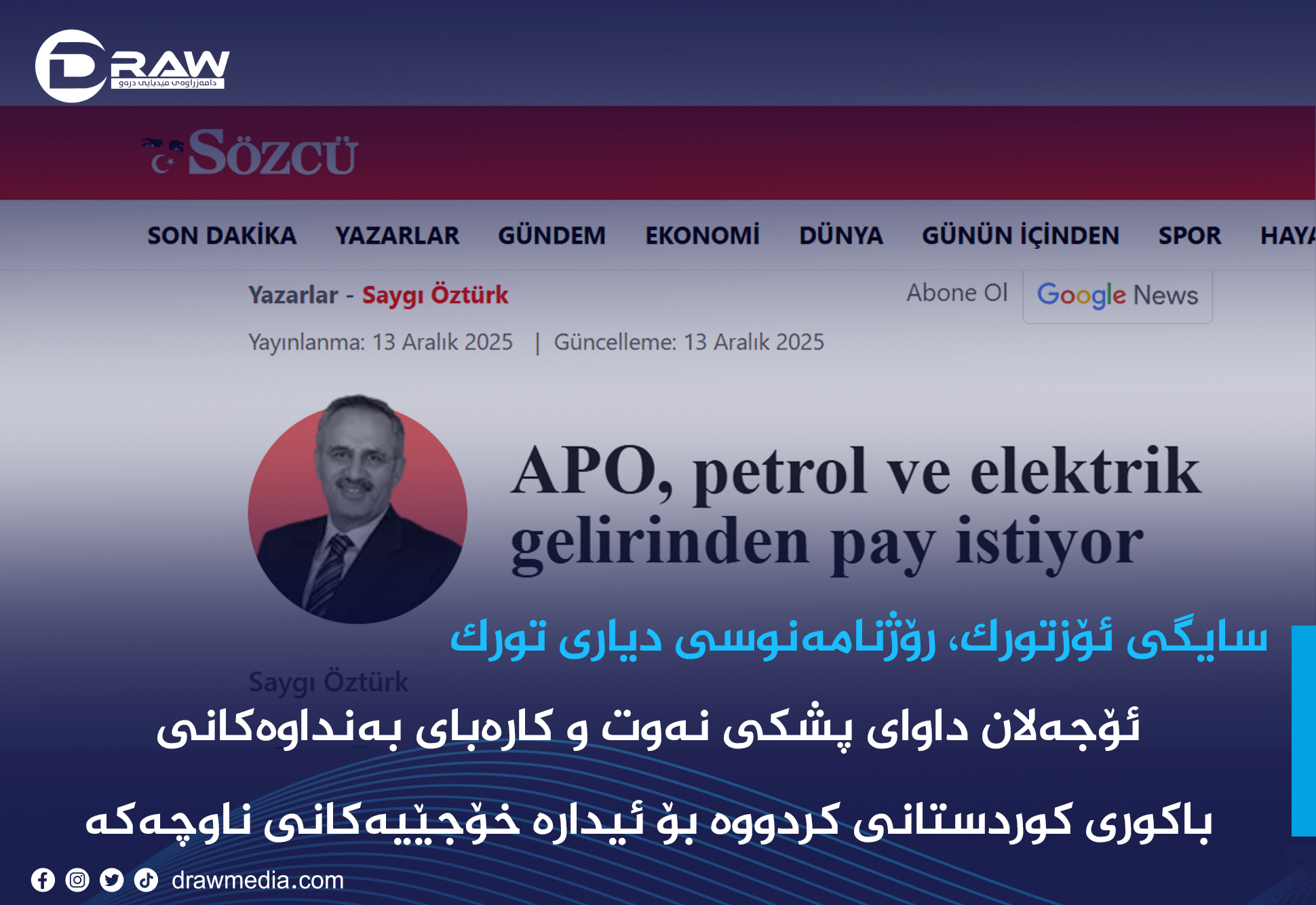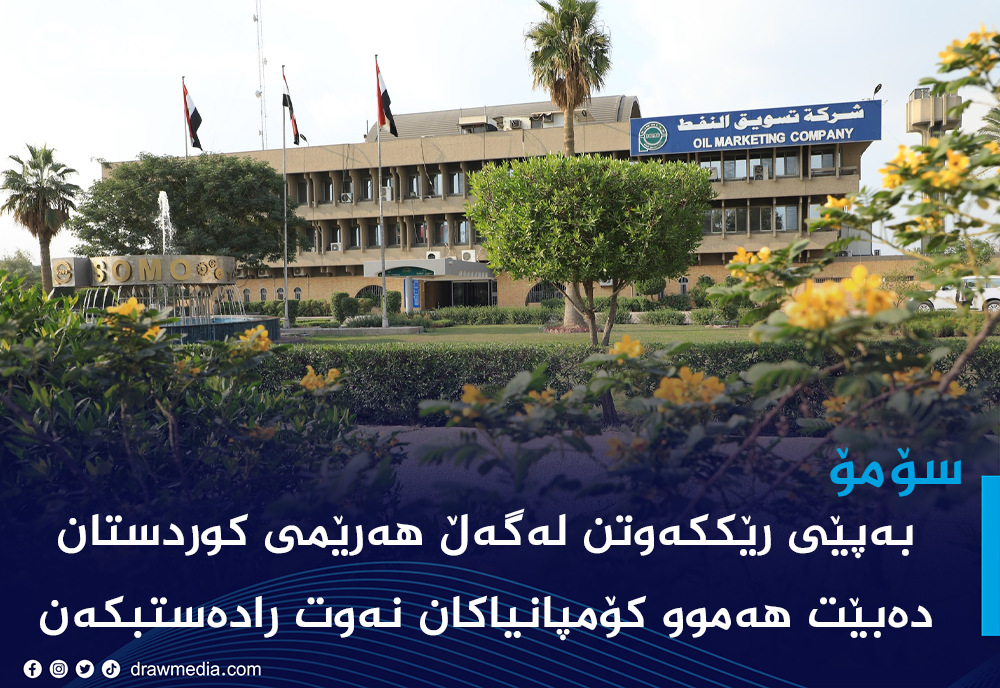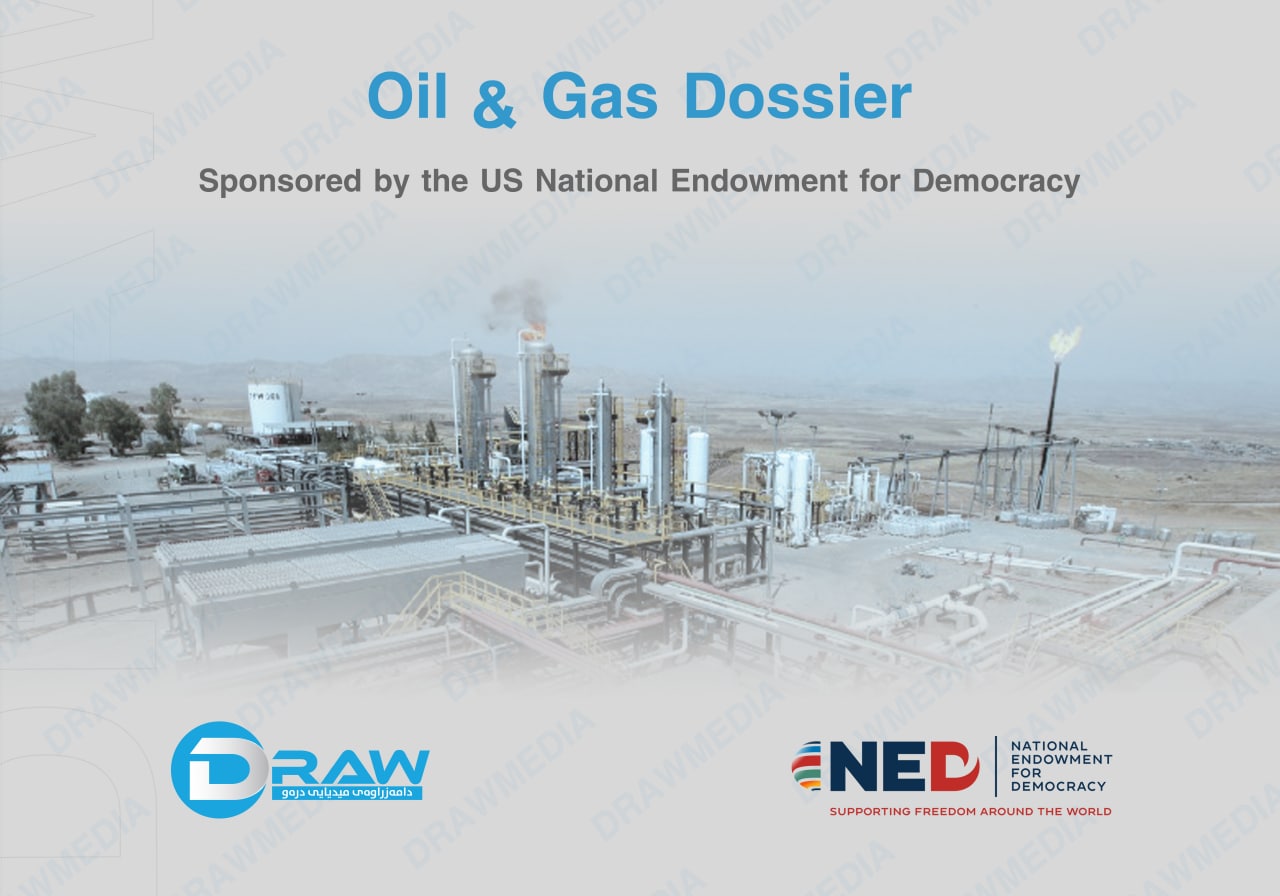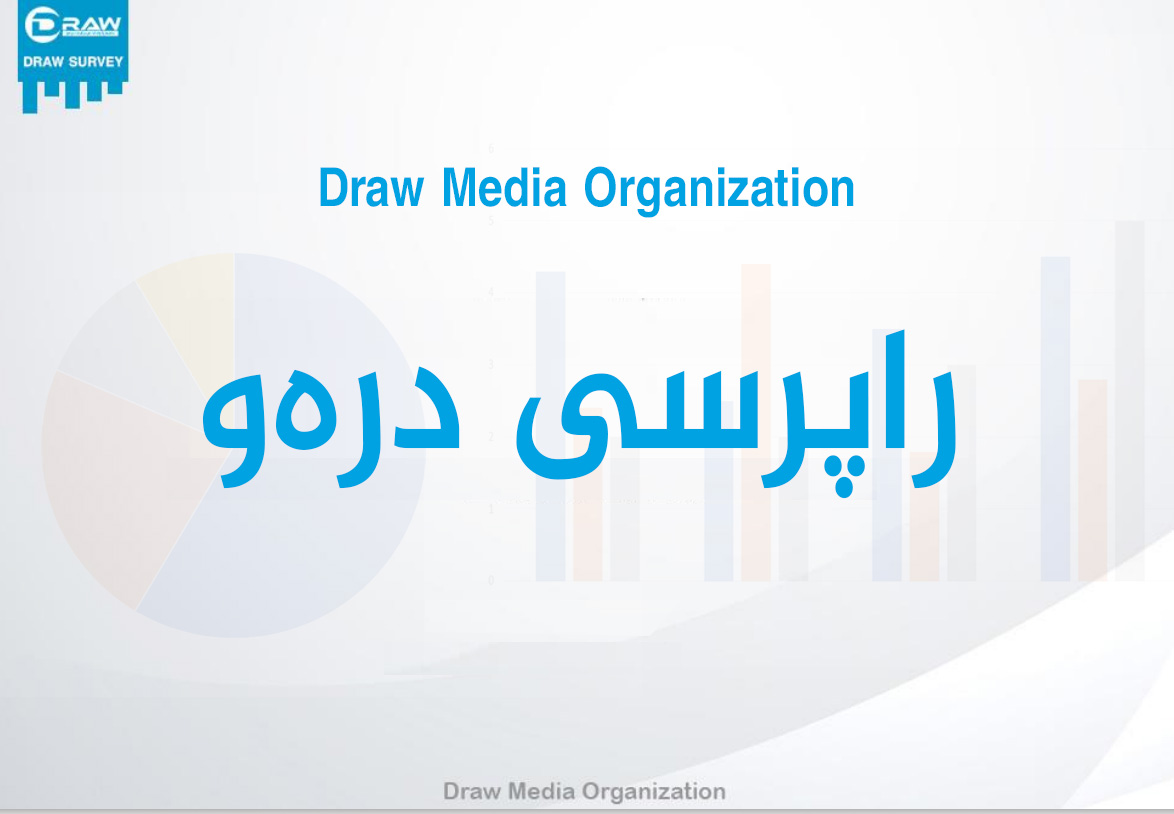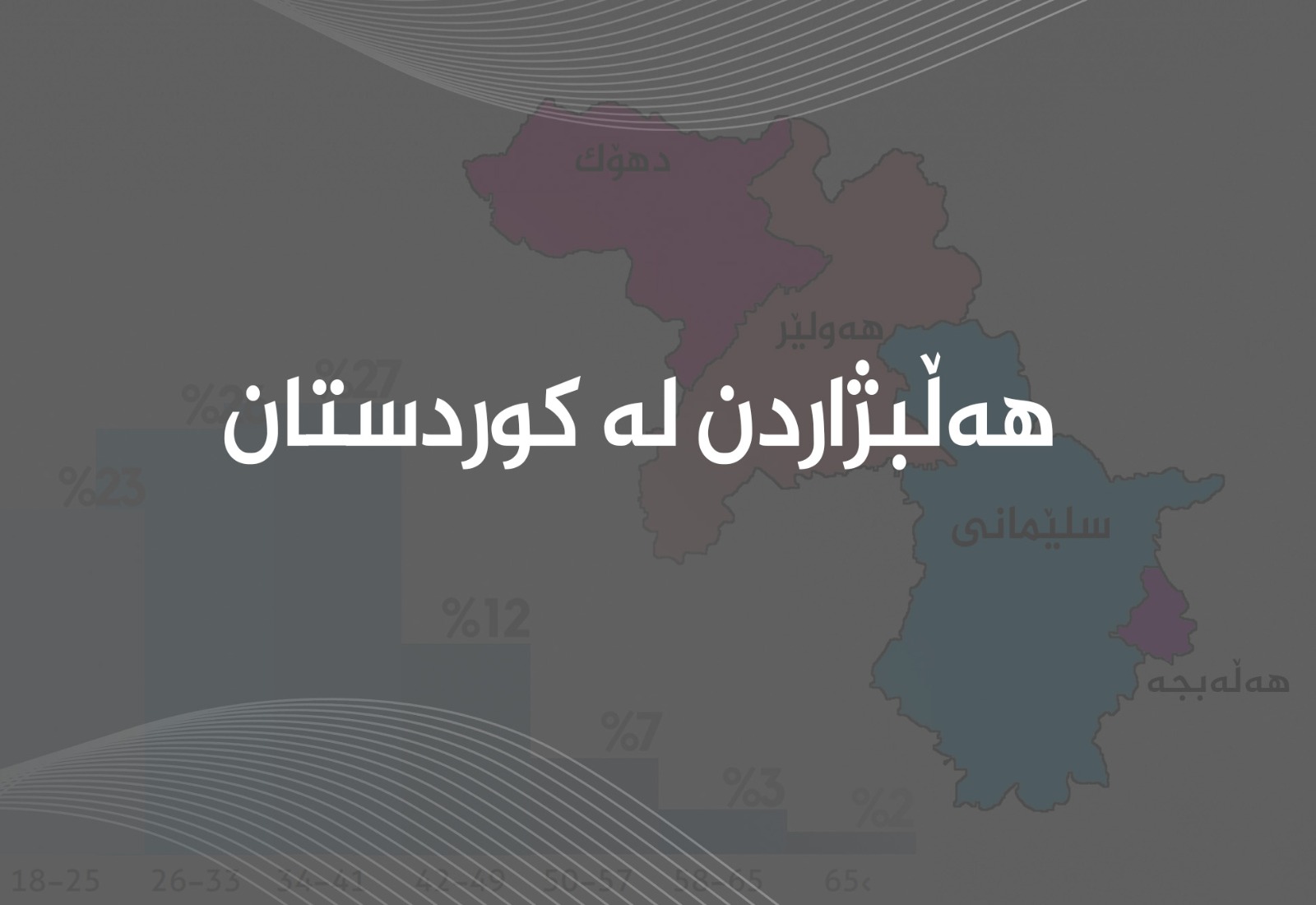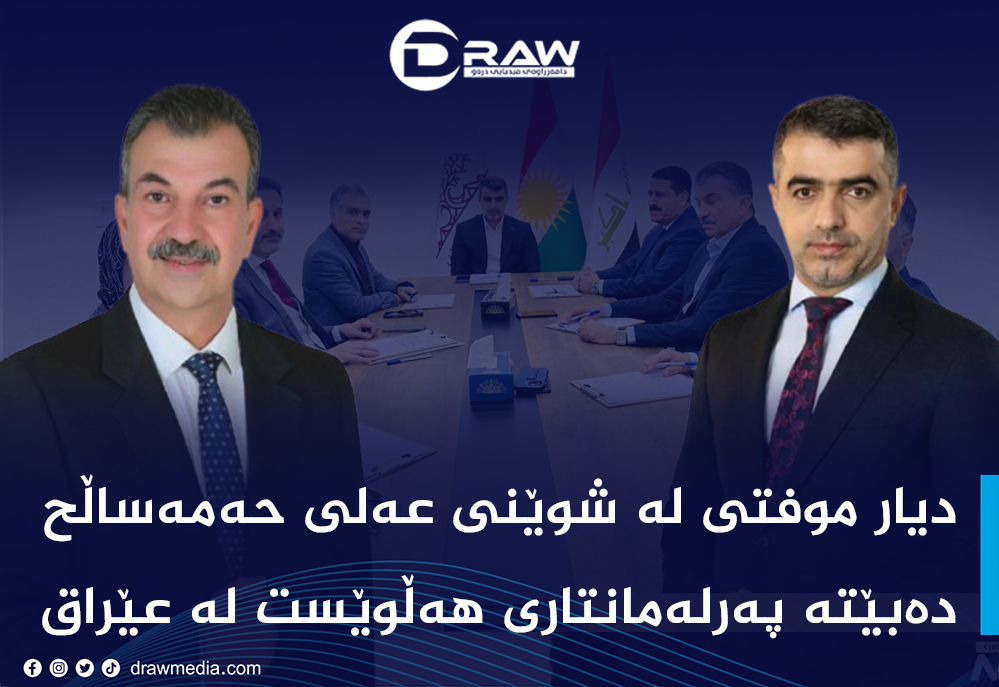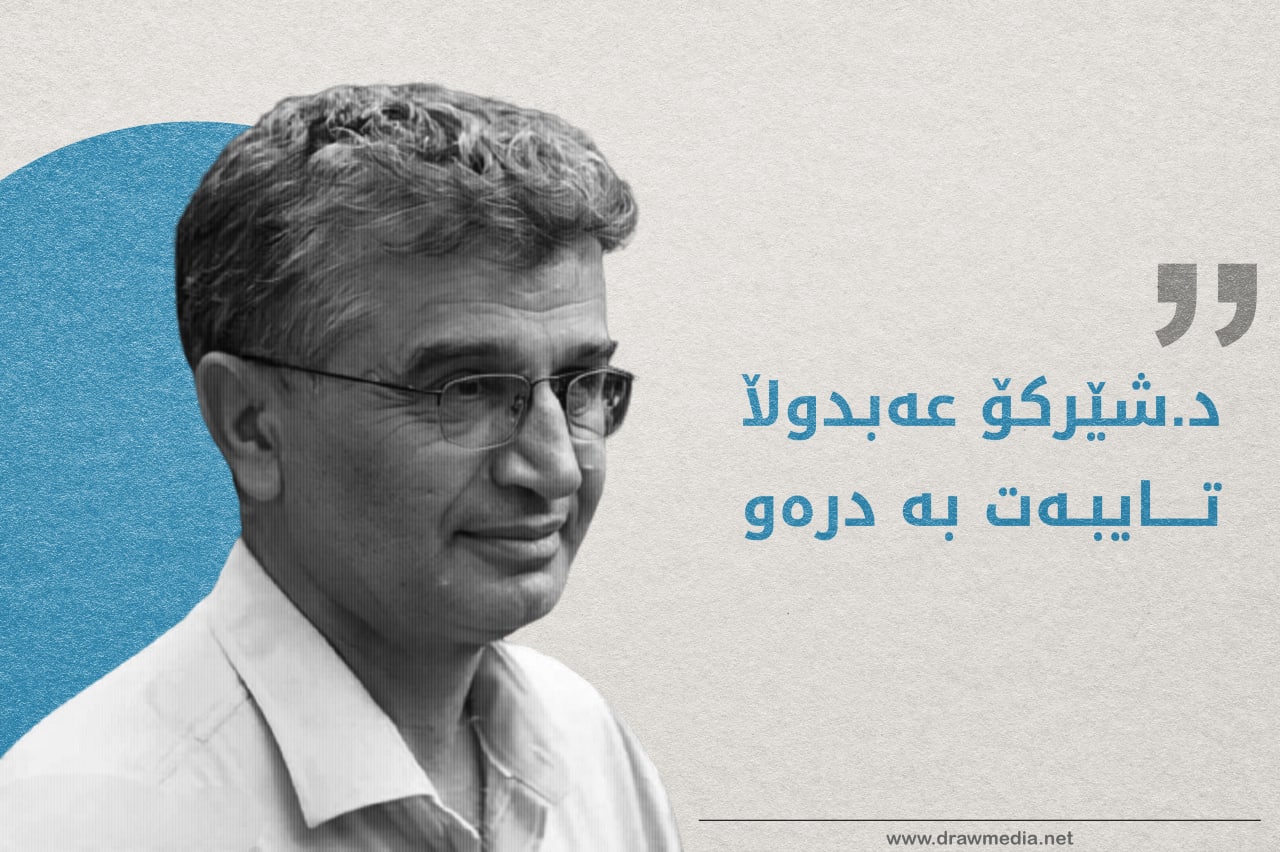What do the data and forecasts tell us..?
.jpg)
2025-09-05 07:43:37
By: Luqman Hawiz
Important Note: The information and analyses presented here are based on available collected data. The forecasts and datasets regarding the likelihood of continuing neutral conditions and a return to La Niña in the ENSO state have been published by NOAA, the U.S. National Oceanic and Atmospheric Administration, the world’s primary agency for weather, climate, and ocean monitoring. In past years, I have based all my forecasts on NOAA data, and at least 70%–80% of those forecasts proved accurate. However, since weather forecasts generally depend on many changing variables, predictions can’t be 100% accurate. To fully understand, please also read the conclusion, which includes further analysis. Unfortunately, in Kurdistan’s social media scene, only a few individuals, such as Aras Jabar and Sirwan Salih (and perhaps others I don’t know), present scientific weather discussions with data-based analysis. Many others claim to be “meteorologists” but share predictions without any scientific basis or reliable data. Please be cautious and don’t believe every prediction from unqualified sources.
In summary, the forecasts based on data tell us the following (with more details below):
-
Very briefly, rainfall during the upcoming 2025–2026 wet season will be below average, especially in October, November, December, and January. Overall, from October 2025 through March 2026, rainfall will be lower than the average of a normal year. However, compared with last year’s rainfall, it will be slightly better because the La Niña phase expected this season is weaker than the strong La Niña that dominated last year.
-
Generally, rainfall in most areas of Kurdistan will be about 40% to 60% of a normal year’s rainfall, varying depending on location.
More scientific context:
-
In general, during El Niño events, rainfall across Syria, southern and central Iraq, Kurdistan, and Iran tends to be normal or above average. Most of the time, it is above average.
-
During neutral ENSO phases, rainfall tends to be normal or slightly below average.
-
During La Niña events, rainfall is significantly below average, leading to dry or semi-dry seasons.
What are El Niño, La Niña, and ENSO Neutral conditions in meteorology?
-
These phenomena occur in the central Pacific Ocean near the equator.
-
La Niña = cooling of surface waters in the central and eastern Pacific by about 1–2°C below the long-term average.
-
El Niño = warming of the same waters by about 1–2°C above the average.
-
Neutral ENSO = when temperatures are close to the long-term average.
-
These shifts occur due to changes in wind speed and direction over the Pacific, and they influence weather patterns globally—especially in the Americas, the Middle East, Europe, and East Asia.
-
Each phase can last from several months to up to two years.
How were El Niño, La Niña, and Neutral phases last year and this year, and what’s expected for the upcoming season?
-
2023–2024 winter: Strong El Niño was present → resulted in a wet, rainy season (forecasted correctly).
-
Spring 2024: El Niño ended.
-
March 2024 – February 2025: Strong La Niña dominated → resulted in a dry 2024–2025 season (forecasted correctly).
-
Since March 2025: Neutral conditions have prevailed (no El Niño, no La Niña).
-
Forecast for Fall 2025: A weaker La Niña is expected to re-emerge around late September or October 2025, possibly lasting until February 2026. This means below-average rainfall again, though less severe than last year.
-
Spring 2026: Neutral conditions are expected to return, which may improve rainfall in March–April 2026 compared to winter months.
Additional regional factor:
-
Due to climate change and global warming, the surface temperature of the Red Sea has been steadily rising in recent years. This has increased evaporation and the frequency of humid air masses moving north. As a result, flash floods and heavy downpours in Saudi Arabia have become more common in recent years. This sometimes also affects southern and central Iraq.
-
For this year, such Red Sea influences are again likely, but with weaker effects on Kurdistan compared to Saudi Arabia and southern Iraq.









